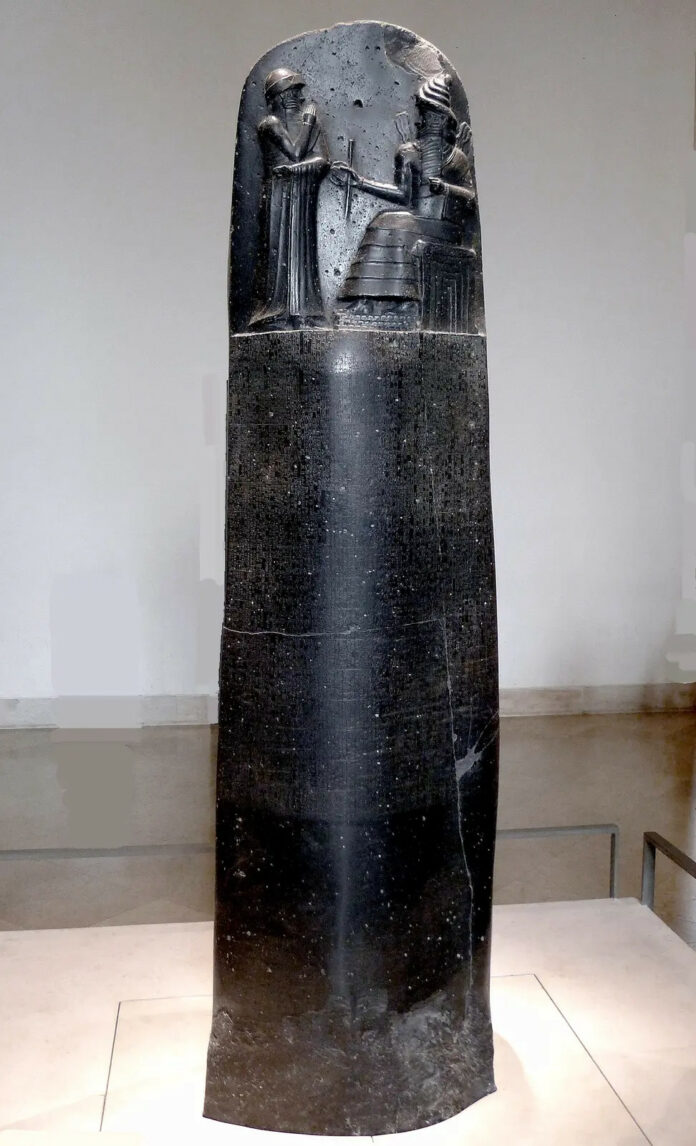The Discovery of an Ancient Legal Marvel
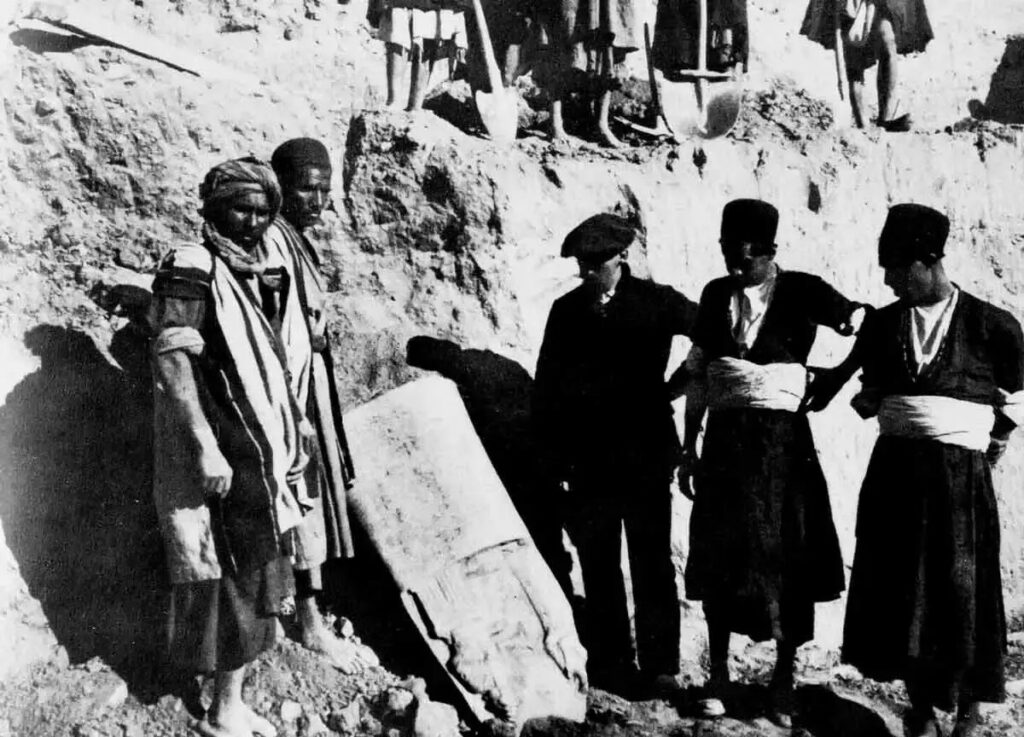
In the scorching heat of the Iranian desert, French archaeologist Jean-Vincent Scheil made a discovery that would reshape our understanding of ancient legal systems. The year was 1901, and the site was Susa, once the proud capital of the Elamite kingdom. Here, standing defiant against the sands of time, Scheil unearthed a massive diorite stele bearing the inscriptions of what we now know as the Code of Hammurabi.
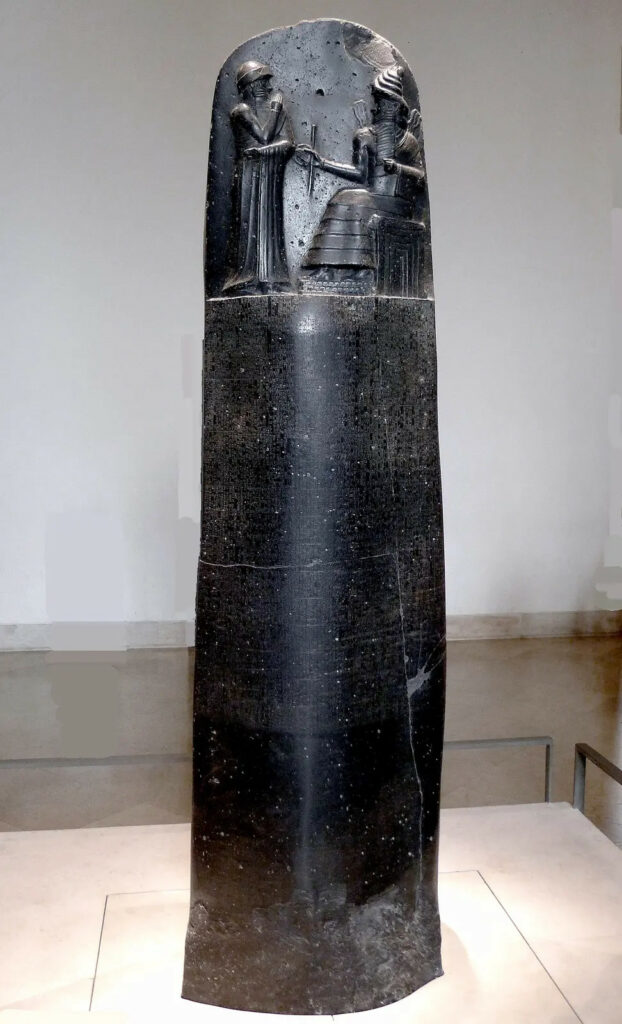
A Stone Tablet with Divine Authority
Standing over seven feet tall, this finger-thick stone slab was more than just a relic; it was a testament to the sophistication of ancient Babylonian civilization. At its crown, a bas-relief depicted King Hammurabi receiving the laws from Shamash, the sun god, imbuing the code with divine authority. Below this celestial scene, 282 laws were meticulously carved in cuneiform script, covering everything from theft and agriculture to family relationships and personal injury.
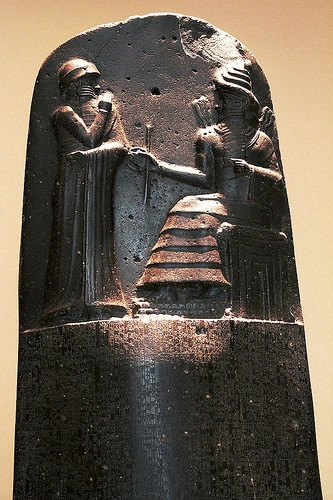
The Birth of Systematic Justice
Hammurabi’s Vision of Order

Nearly 3,700 years ago, as Babylon rose to prominence under his rule, King Hammurabi embarked on a mission to bring order and justice to his expanding empire. His code, compiled midway through his reign, aimed to ensure that all citizens, regardless of their social standing, had access to legal recourse.
A Scaled System of Justice
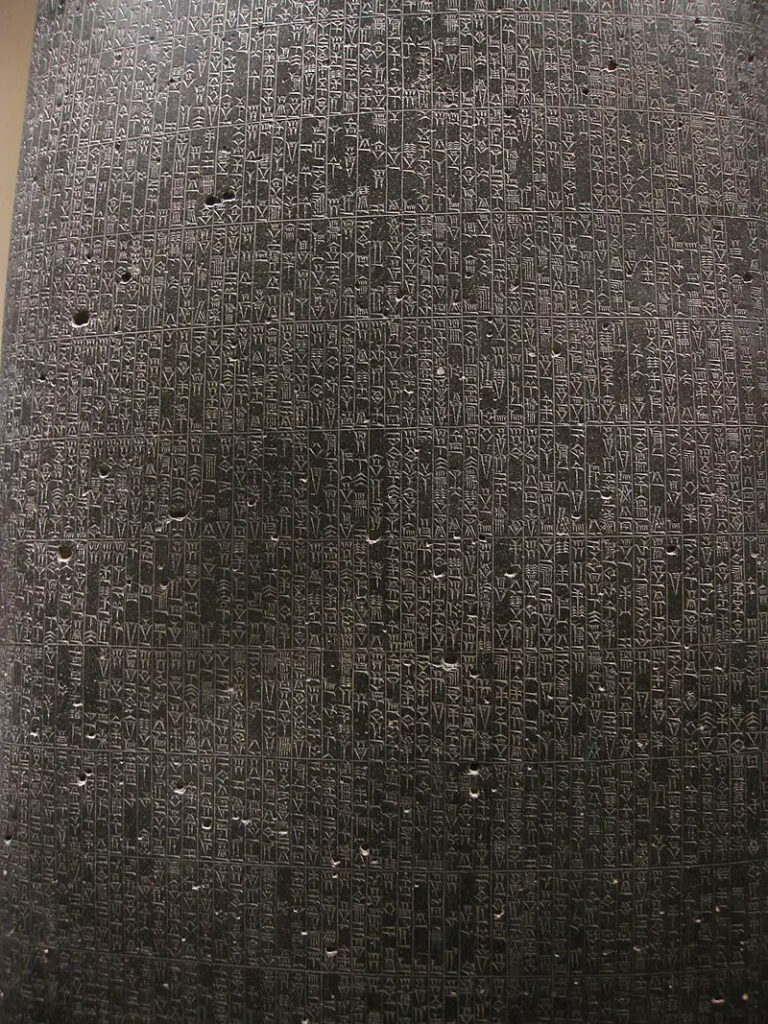
The Code of Hammurabi introduced a revolutionary concept: a scaled system of justice. Penalties were not uniform but varied based on the social status of both the victim and the offender. While this might seem unfair by modern standards, it represented a significant step towards systematic legal structure in the ancient world.
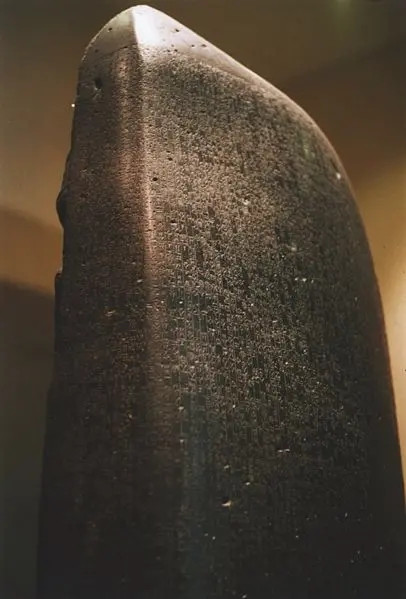
The Enduring Impact of “An Eye for an Eye”
The Principle of Lex Talionis
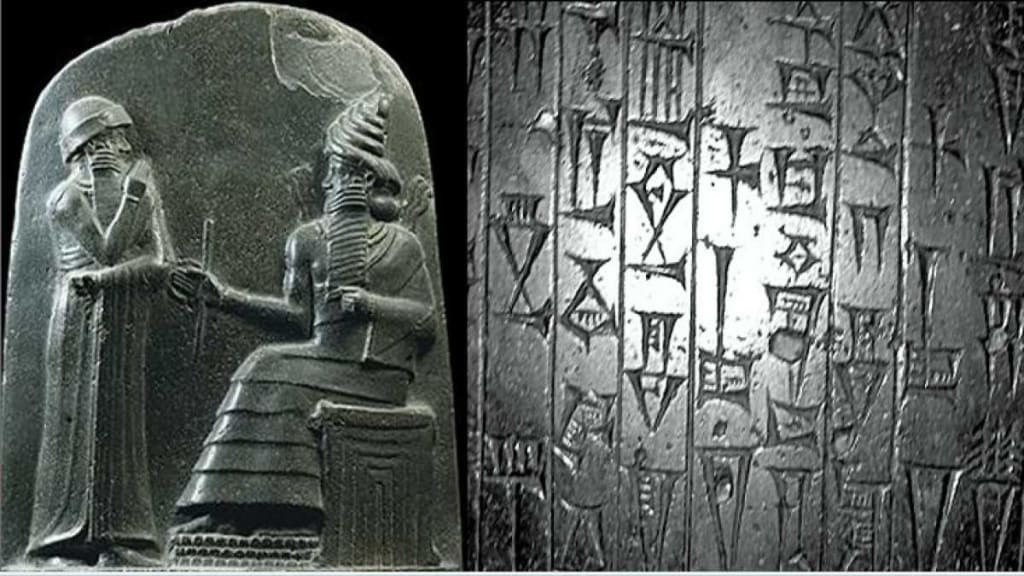
Perhaps the most famous aspect of Hammurabi’s Code is its adherence to the principle of “lex talionis” – “an eye for an eye, a tooth for a tooth.” This concept of proportionate justice, while harsh to modern sensibilities, aimed to provide fair compensation for offenses and deter future crimes.
From Ancient Babylon to Modern Courtrooms
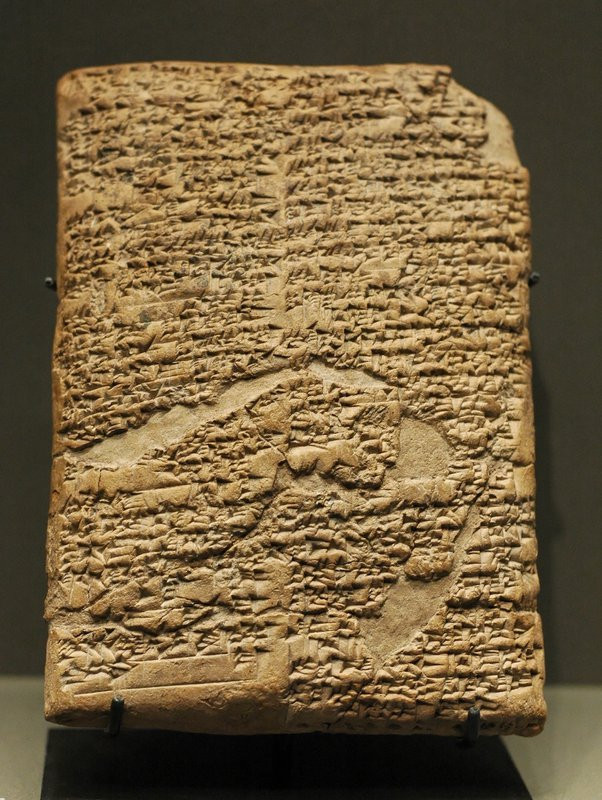
The influence of Hammurabi’s Code has echoed through millennia, shaping legal systems worldwide. By standardizing laws and making them public, Hammurabi laid the groundwork for the concept of a written rule of law that transcends individual rulers.
A Beacon of Ancient Wisdom in Modern Times
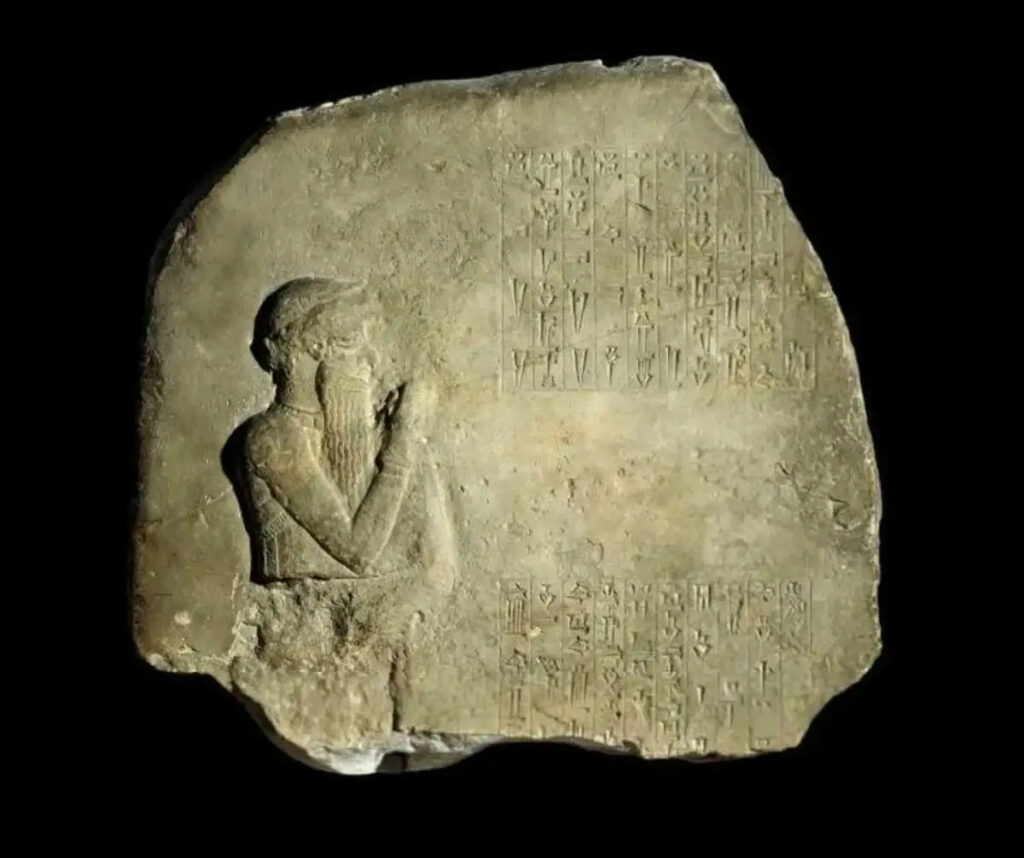
Today, the Code of Hammurabi is more than just a historical curiosity. It serves as a critical resource for scholars and jurists, offering insights into the evolution of legal thought. As we continue to grapple with questions of justice and equity in our modern world, Hammurabi’s ancient wisdom reminds us of the enduring human quest for fairness and order in society.
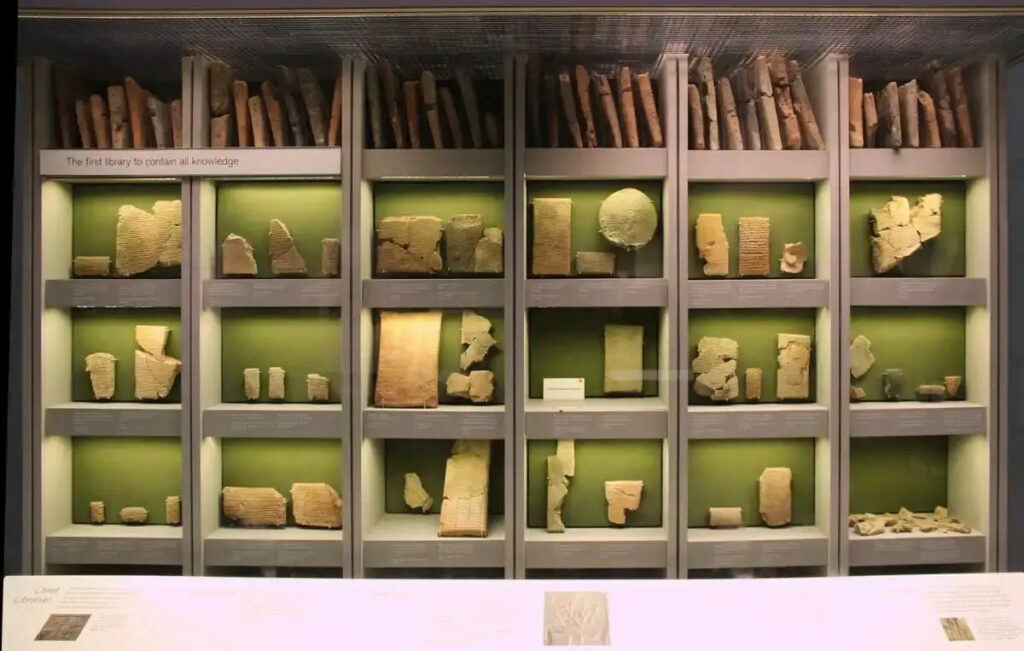
From the dusty ruins of ancient Mesopotamia to the hallowed halls of modern justice, the legacy of Hammurabi’s Code continues to inspire and inform our ongoing pursuit of a just and equitable world.
